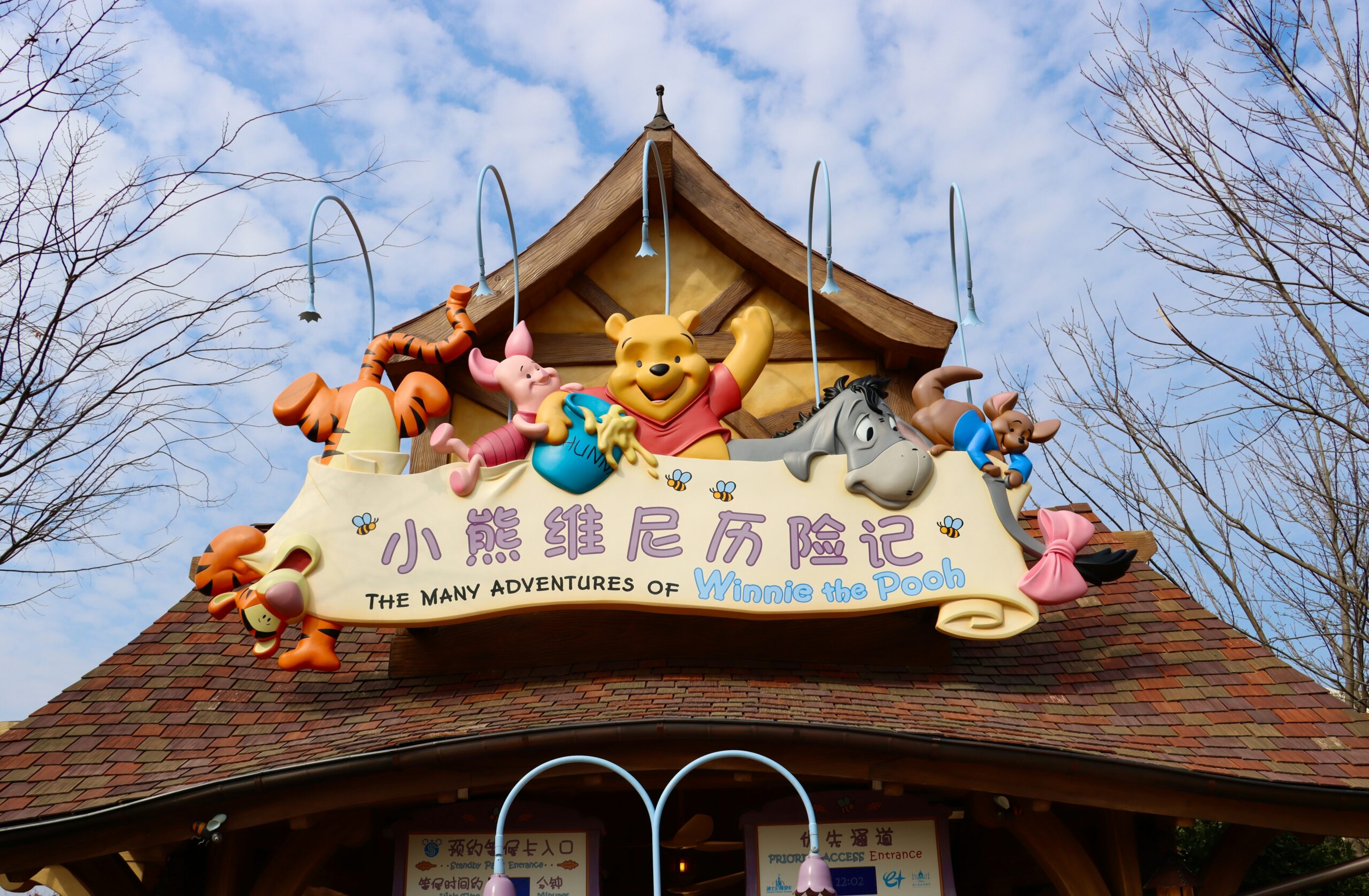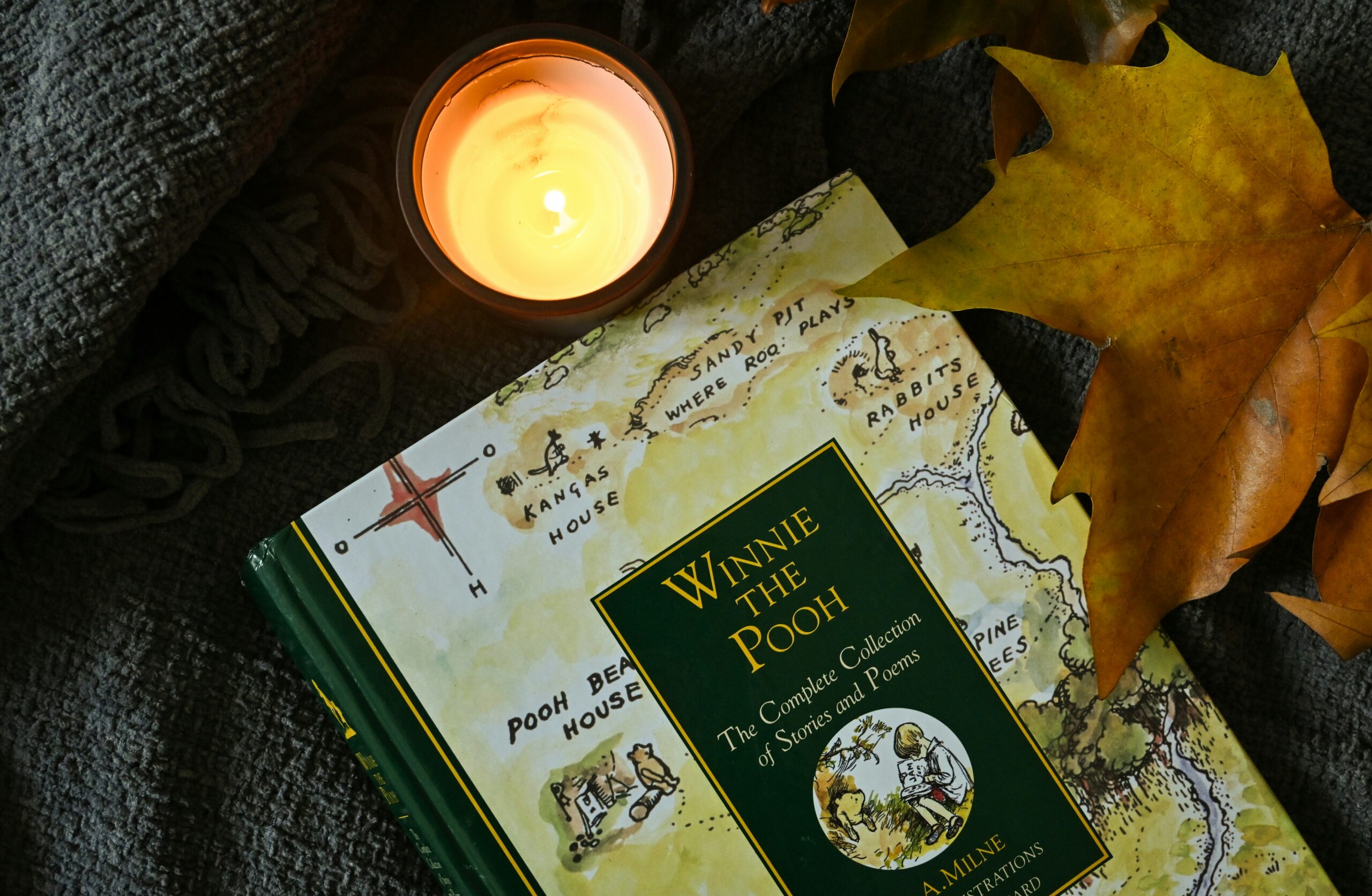For most of us, Winnie the Pooh is pure nostalgia—Saturday mornings with a bowl of cereal, watching a honey-loving bear and his friends stumble through life in the Hundred Acre Wood. Yet somewhere along the way, a question emerged that turned this childhood classic on its head: what if these characters weren’t simply quirky animals, but subtle reflections of human mental health struggles?
The so-called “Pooh Pathology” theory, popularly known as Pooh mental illness, first surfaced in the early 2000s, when Canadian researchers published a lighthearted academic paper suggesting that the inhabitants of the Hundred Acre Wood could be mapped onto various mental health conditions. It wasn’t an official diagnosis, of course, but the idea spread like wildfire online. Suddenly, Eeyore’s gloom became shorthand for depression, Piglet’s nerves resembled anxiety, and Tigger’s boundless energy looked a lot like ADHD. Whether you grew up with the show or stumbled across these theories on TikTok, this lens reveals less about the bear in the red shirt and far more about how we see ourselves.
The Pooh Pathology Theory: The Characters and Their Alleged Disorders
In the Pooh pathology theory, each character is thought to represent a different mental health condition, offering a playful yet insightful lens on human behavior.
Winnie the Pooh: ADHD and Impulsivity
Pooh’s endless quest for honey, his distractibility, and his tendency to get literally stuck—like in Rabbit’s hole—have often been interpreted as signs of ADHD. His forgetfulness and single-minded focus highlight impulsivity, yet he also embodies childlike innocence and loyalty, reminding us that joy is possible even amid challenges.
Piglet: Anxiety Disorder
Always trembling, overthinking “what ifs,” and hesitant to join adventures, Piglet is the quintessential anxious character. He apologizes frequently and struggles to see his own courage, yet he consistently shows up for his friends. His story offers a compassionate lens into what living with anxiety can look like.
Eeyore: Depression
Eeyore’s gloom, low energy, and detached “thanks for noticing me” attitude have long made him a stand-in for depression. He reflects the struggle of feeling unseen or unworthy, but the group’s unwavering inclusion demonstrates quiet solidarity, proving that connection matters.
Tigger: ADHD/Hyperactivity
Unlike Pooh’s distractible energy, Tigger embodies pure hyperactivity. His constant bouncing, overconfidence, and difficulty following rules mirror classic ADHD traits. While he can be overwhelming, his exuberance is adored, illustrating how communities can embrace rather than alienate difference.
Rabbit: OCD/Perfectionism
Rabbit is the planner and organizer, the one frustrated when things stray from order. His rigidity and need for control reflect traits often associated with obsessive-compulsive tendencies, highlighting the tension between structure and spontaneity in daily life.
Owl: Dyslexia or Learning Differences
Despite his “wise” reputation, Owl frequently misreads or misinterprets things. His spelling and writing errors suggest dyslexia or other learning challenges, subtly reminding us that intelligence is not always measured by flawless execution.
Christopher Robin: Dissociation
Some interpretations even cast Christopher Robin as a symbol of dissociation. Drifting between the real world and his imagined forest, he mirrors the coping mechanisms children often develop to navigate difficult emotions, offering a poignant perspective on escape and imagination.
Why Does the Pooh Mental Illness Theory Matter?

On the surface, the Pooh mental illnesses theory might seem like harmless internet trivia. Yet it has endured because it offers more than just playful character analysis. It opens a doorway to meaningful conversations about mental health. By linking a beloved childhood universe like Winnie the Pooh to conditions such as anxiety, depression, or ADHD, the topic suddenly feels less clinical and far more approachable.
For those navigating their own mental health, these characters can serve as mirrors. Saying “I feel like Piglet today” often feels easier than admitting “I’m struggling with anxiety,” while joking about “Eeyore energy” provides a gentle entry point to discuss sadness. These shared cultural references break down stigma, offering language that feels safe yet honest. The trend also reflects a societal shift: millennials grew up with these stories, and now Gen Z is dissecting them on social media. By blending childhood nostalgia with modern awareness, these conversations make mental health feel culturally grounded, not just academic. It’s a reminder that storytelling, even through a silly cartoon bear, can profoundly shape how generations engage with serious issues.
What Can We Learn From This?

The real takeaway isn’t about diagnosing a fictional bear. It’s about learning to recognize the many faces of mental health in ourselves and in others. The Winnie the Pooh Pathology theory encourages empathy, showing that quirks and struggles don’t diminish a person’s worth. Pooh and his friends remind us that everyone, no matter their challenges, deserves belonging.
In the Hundred Acre Wood, no one tells Eeyore to “cheer up” or Tigger to “calm down.” They are accepted, loved, and valued just as they are. Perhaps that is the quiet truth tucked into our childhood memories: healing doesn’t always mean fixing people. It can also mean creating space for them to be truly seen.
Featured image: Walt Disney Studios
Medical Disclaimer
All content found on the StyleRave.com website, including text, images, audio, video, and other formats, is created for informational purposes only. The content is not intended to be a substitute for professional medical advice, diagnosis, or treatment. If you think you may have a medical emergency, please call your doctor, go to the nearest hospital, or call 911 immediately, depending on your condition.
For the latest in fashion, lifestyle, and culture, follow us on Instagram @StyleRave
—Read also
